Maldives
Welcome to Maldives
Afghanistan, a land of rugged mountains, ancient history, and rich cultural heritage, is gradually re-emerging as a destination for adventurous travelers in 2025. Despite decades of conflict, the country offers unique experiences for those willing to explore its breathtaking landscapes, historic sites, and vibrant bazaars. With careful planning and respect for local customs, visitors can discover a side of Afghanistan few outsiders have seen.
This archipelago is famous for its luxurious overwater bungalows, world-class diving and snorkeling sites, and a rich cultural heritage influenced by South Asian, African, and Arab traditions. The Maldives has gained global recognition as a premier travel destination, winning the World’s Leading Destination title for consecutive years and being celebrated as the World’s Leading Green Destination.
1.
Unparalleled Cultural Heritage: Afghanistan is home to some of the world’s most remarkable historical sites, including the ancient Buddhist statues of Bamyan, the Minaret of Jam, and the stunning mosques of Herat and Mazar-i-Sharif. These sites offer a glimpse into the country’s rich tapestry of civilizations and religious traditions.
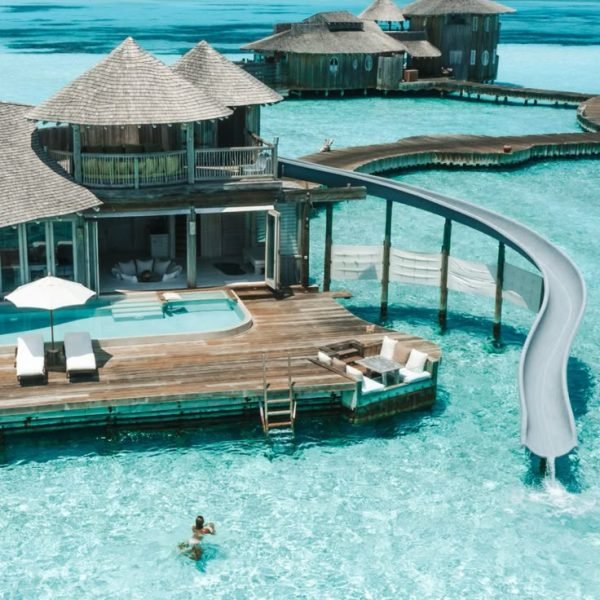
2.
Stunning Natural Landscapes: From the remote Wakhan Corridor in the northeast, ideal for trekking and wildlife spotting, to the dramatic mountain vistas around Bamyan, Afghanistan’s natural beauty is both pristine and awe-inspiring. The country’s varied terrain provides opportunities for hiking, photography, and experiencing traditional rural life.
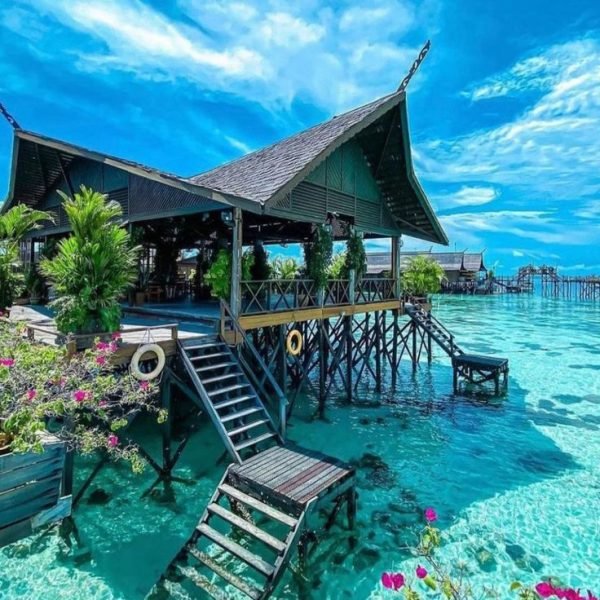
Planning Your Trip
Visa Information
All foreign nationals require a visa to enter Afghanistan. Visa applications must be made in person at an Afghan consulate or embassy, with most tourist visas issued for single entries valid up to one month. For longer stays or business purposes, extended or multiple-entry visas may be available upon request through the Ministry of Foreign Affairs in Kabul. Applicants need a valid passport with at least six months’ validity, completed application forms, passport photos, and sometimes letters of introduction or proof of employment depending on the visa type. It is essential to schedule an appointment in advance and comply with all consular requirements to avoid delays or refusals.
Best Time to Visit
The optimal months to visit Afghanistan are May and September, when the weather is most pleasant. During these months, daytime temperatures range between 22°C and 30°C, with clear skies and ample sunshine, making it ideal for sightseeing and outdoor activities. Spring and autumn offer comfortable temperatures across most regions, while summer can be extremely hot, especially in cities like Kandahar and Herat, where temperatures may exceed 40°C. Winter brings snow and freezing temperatures, particularly in mountainous areas like Bamyan and the Wakhan Corridor, which can be beautiful but challenging for travel.
Getting To and Around
Arrival
Most international travelers arrive via Velana International Airport on Hulhulé Island near Malé, the capital city. The airport is well-connected with direct flights from major hubs in Asia, Europe, and the Middle East.
Transfers
Since the Maldives is a spread-out archipelago, getting to your resort or island involves additional transport. Options include speedboats, domestic flights, and seaplanes. The choice depends on the distance to your destination and your budget. Seaplane transfers offer spectacular aerial views of the atolls and are often part of the luxury resort experience.
Getting Around Locally
On inhabited islands like Malé, most places can be explored on foot. For island hopping, boats are the primary mode of transport. Many resorts and guesthouses arrange excursions and transfers to nearby islands, allowing visitors to explore multiple locations during their stay.
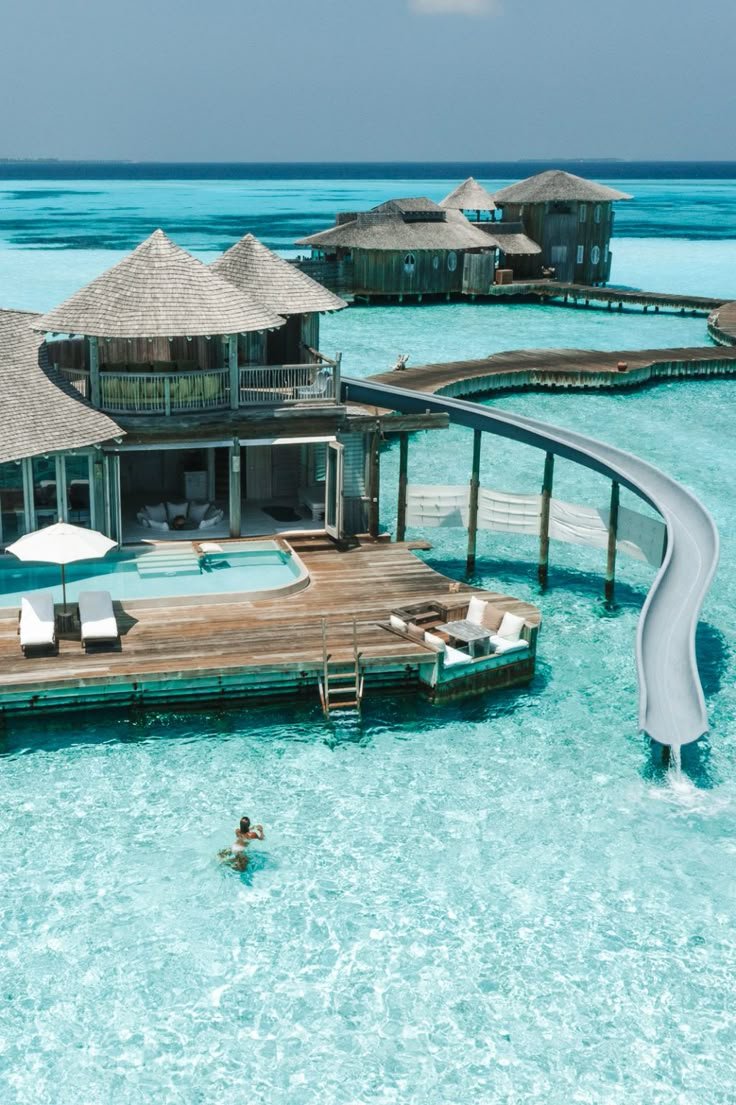
Accommodation
The Maldives is synonymous with luxury resorts and overwater villas, but the accommodation landscape is diverse, catering to a wide range of tastes and budgets. Whether you seek a lavish private island retreat or a cozy guesthouse on a local island, the Maldives offers a spectrum of options.
Accommodation Options
Luxury Resorts and Overwater Villas
Luxury resorts dominate the Maldives’ tourism scene, with many offering stunning overwater villas that provide direct access to the ocean, private pools, and panoramic views of the turquoise waters. Resorts like Sun Siyam Iru Veli, Emerald Maldives Resort & Spa, and Ellaidhoo Maldives by Cinnamon are renowned for their impeccable service, spacious water bungalows, and all-inclusive packages that combine comfort with exclusivity.
New openings and expansions in 2025 continue to elevate the luxury experience. Properties such as Patina Maldives at Fari Islands offer a blend of contemporary design and island charm, featuring one- to three-bedroom beach and water pool villas. This resort emphasizes wellness journeys, interactive music programs, and culinary experiences, all set within a vibrant social atmosphere at the Fari Marina Village.
Another standout is Niyama Private Islands Maldives, a twin-island resort offering a choice between the lively “Play” island for adventurous guests and the tranquil “Chill” island for relaxation. With over a hundred villas and pavilions, including five exclusive overwater pool villas, Niyama combines luxury with a variety of unique dining venues and a world-class spa.
Hilton Maldives Amingiri Resort, located in the North Malé Atoll, is also making waves in 2025 with its elegant two-bedroom overwater and beach pool villas, a range of dining options, and activities such as diving, spa treatments, and family-friendly amenities.
Mid-Range and Boutique Options
For travelers seeking something less extravagant but still comfortable and stylish, the Maldives offers boutique resorts and guesthouses. These often provide a more intimate experience and closer interaction with local culture. Resorts like Oaga Art Resort blend artistic creativity with traditional Maldivian healing practices, offering cozy beach and overwater villas alongside immersive cultural experiences.
All-Inclusive and Family-Friendly Resorts
Many resorts now offer all-inclusive packages that cover meals, drinks, excursions, and activities, simplifying budgeting and enhancing the holiday experience. Ifuru Island Resort, for example, is known for its premium 24-hour all-inclusive offerings, skydiving opportunities, and family-oriented amenities, including bars, restaurants, and luxury spas.
JW Marriott Kaafu Atoll Island Resort combines luxury with family-friendly features such as dedicated kids’ and teens’ clubs, playgrounds, and child-friendly pools, alongside seven dining venues and a spa offering exclusive treatments.
Getting Around and Transfers
Most resorts are accessible via seaplane, speedboat, or domestic flights from Velana International Airport. Transfers are often arranged by the resorts and can be a scenic part of the journey, offering aerial views of the atolls or a relaxing boat ride across the ocean.

Food and Drink
Maldivian cuisine is a vibrant reflection of its island heritage, blending influences from South Asia, the Middle East, and beyond. The food scene in the Maldives ranges from traditional local fare to gourmet international dining, often enhanced by the stunning ocean views.
Traditional Maldivian Cuisine
At the heart of Maldivian food is seafood, freshly caught from the surrounding Indian Ocean. Tuna, the national fish, features prominently, prepared in various ways such as smoked, grilled, or curried. Coconut is another staple, used in curries, chutneys, and sweets. Dishes like Mas Huni (shredded smoked tuna with coconut and chili), Garudhiya (fish broth), and Fihunu Mas (grilled fish) offer authentic tastes of the islands.
Local eateries and island cafes provide an opportunity to savor these traditional flavors in a casual setting, often accompanied by fragrant rice and fresh tropical fruits.
Resort and Fine Dining Experiences
Luxury resorts in the Maldives elevate dining to an art form, with many offering multiple restaurants featuring international cuisines, fusion dishes, and innovative concepts. For instance, Niyama Private Islands boasts ten unique dining venues, including award-winning restaurants that focus on fresh, locally sourced ingredients and creative menus.
Hilton Maldives Amingiri Resort features a variety of dining options ranging from Asian buffets to beachside grills and elegant pool bars, ensuring guests have diverse culinary experiences throughout their stay.
Underwater restaurants are a signature attraction in the Maldives, where diners can enjoy gourmet meals surrounded by panoramic views of marine life. These venues combine fine dining with a surreal ambiance, making for unforgettable evenings.
Drinks and Nightlife
Cocktails, fresh juices, and tropical drinks are staples at Maldivian resorts. Many resorts have stylish bars, some with infinity pools or beachfront settings, perfect for watching sunsets or enjoying live music. Specialty lounges and tea houses also offer relaxed environments for socializing or quiet reflection.
Dietary Considerations
Most resorts and restaurants are accommodating of dietary preferences and restrictions, including vegetarian, vegan, gluten-free, and halal options. It is advisable to inform your accommodation ahead of time if you have specific dietary needs.

Must-See Attractions
Alimatha Island
Located in Vaavu Atoll on the eastern edge of the Maldives, Alimatha Island is a jewel for nature lovers and water sports enthusiasts. Its crystal-clear waters and beautiful landscapes make it perfect for diving, snorkeling, canoeing, and boating. The island also offers Ayurvedic massage centers, spas, bars, and restaurants, making it an ideal spot for families and honeymooners alike. The Alimatha Aquatic Resort is a popular place to stay, providing an immersive island experience surrounded by turquoise waters and vibrant coral reefs.
Sun Island (Nalaguraidhoo Island)
Situated in the South Ari Atoll, Sun Island is one of the largest and most developed resorts in the Maldives. It boasts a vast turquoise lagoon, breathtaking beaches, and lush tropical gardens filled with vibrant flowers and greenery. The island’s pristine blue waters and luxurious resorts make it a favorite honeymoon destination. Visitors should not miss Nalaguraidhoo Beach, which offers stunning views and serene surroundings perfect for relaxation and romantic walks.
Male City and the Artificial Beach
The capital city, Male, offers a fascinating contrast to the idyllic islands. It features cultural landmarks, bustling markets, and local eateries. A highlight is the Artificial Beach, created from breakwater tetrapods, which has become a popular swimming spot for locals and tourists. The area also hosts numerous food stalls and cafes, providing a taste of Maldivian street food and international cuisine. Nearby, the Majeediyya Carnival offers fairground attractions, including bowling alleys and live music performances, adding a lively atmosphere to your visit.
Utheemu Ganduvaru
For history enthusiasts, Utheemu Ganduvaru in the northern Haa Alif Atoll is a must-visit. This small island is historically significant as the birthplace of Sultan Mohamed Thakurufaanu, a national hero who led a 15-year resistance against Portuguese colonizers. Visitors can explore the monument dedicated to him and nearby ancient cemeteries, gaining insight into the Maldives’ rich heritage.
Mirihi Island
Mirihi Island is a secluded paradise named after a local flower. It features an exclusive reef and pristine beaches lined with palm trees and powdery white sands. The island’s resort offers a peaceful retreat with water bungalows and a focus on tranquility. It is ideal for travelers seeking solitude and natural beauty, with excellent opportunities for snorkeling and diving right off the beach.
Addu Atoll
Located at the southern tip of the Maldives, Addu Atoll (also known as Seenu Atoll) is a cluster of inhabited islands including Meedhoo, Hithadhoo, Hulhudhoo, Gan, and Maradhoo. This area offers a glimpse into local life with small villages, coconut groves, and seaside beaches. Fishing is a popular activity here, allowing visitors to engage with the local community. The atoll also offers excellent diving and snorkeling spots, making it a rewarding destination for underwater explorers.
Vaadhoo Island
Vaadhoo Island is famous for its mesmerizing bioluminescent phenomenon. At night, the waves glow with a blue shimmer caused by underwater phytoplankton, creating a magical spectacle. Visitors often take night excursions offshore to witness this natural light show. During the day, the island offers coral reef exploration, kayaking, swimming, and luxurious hotel stays for relaxation.
New and Emerging Resorts
2025 sees the opening of several new luxury resorts that elevate the Maldives experience. JW Marriott Kaafu Atoll Island Resort and Ananea Madivaru Maldives are among the newest additions, offering state-of-the-art amenities, wellness-focused programs, and immersive cultural activities. These resorts blend seamlessly with the natural environment and provide guests with unique experiences such as underwater dining, spa treatments, and curated excursions.
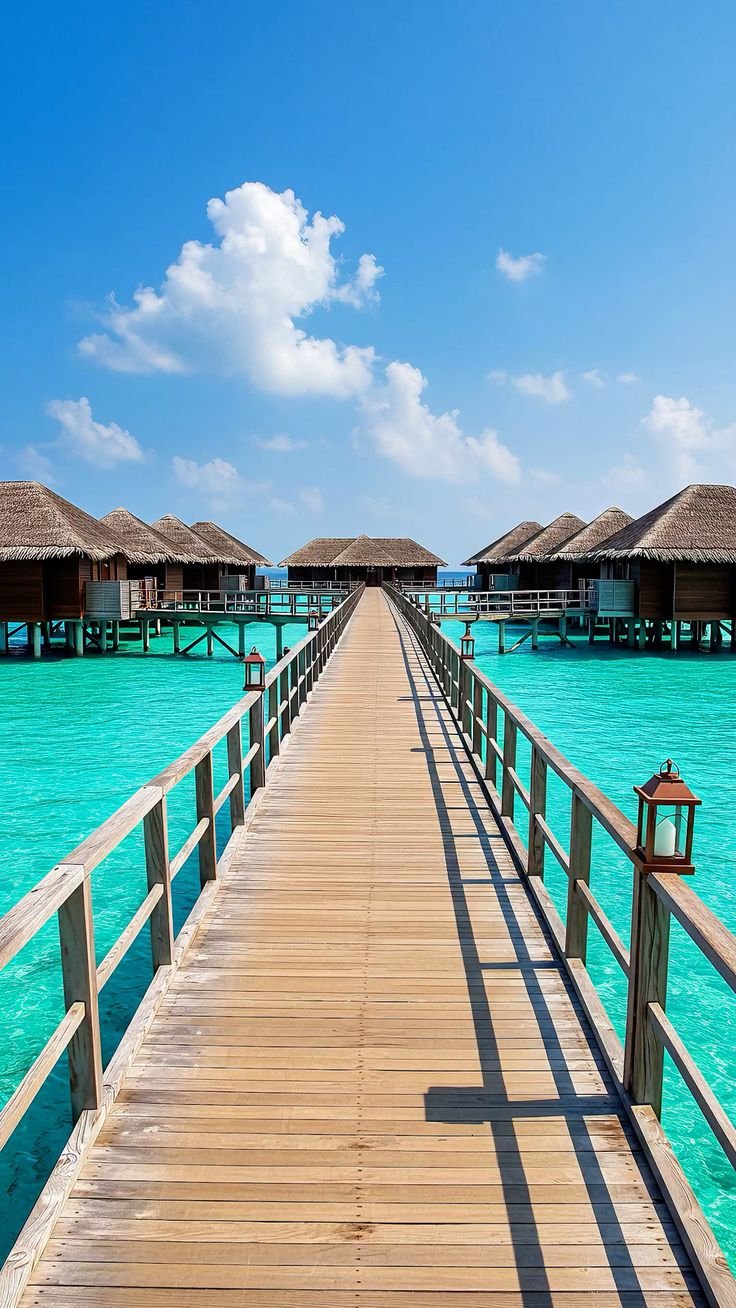
Must-Do Activities
Snorkeling and Diving
The Maldives is world-renowned for its underwater biodiversity. Snorkeling and diving are the top activities for visitors eager to explore vibrant coral reefs teeming with colorful fish, manta rays, sea turtles, and even whale sharks. Popular dive sites include Banana Reef, HP Reef, and the reefs surrounding Alimatha and Mirihi Islands. Many resorts offer guided snorkeling tours and diving courses suitable for all skill levels.
Island Hopping
With over a thousand islands scattered across the Indian Ocean, island hopping is a fantastic way to experience the diversity of the Maldives. Visitors can explore inhabited local islands, uninhabited sandbanks, and luxury resort islands in a single trip. Each island offers a unique atmosphere, from bustling markets and cultural landmarks to serene beaches and underwater adventures.
Underwater Dining
Dining beneath the ocean is a signature Maldivian experience. Resorts like Niyama Private Islands and others feature underwater restaurants where guests can enjoy gourmet meals surrounded by panoramic views of marine life. This surreal setting combines fine dining with an unforgettable ambiance, making it a highlight of any Maldives itinerary.
Wellness and Spa Retreats
The Maldives is increasingly recognized as a wellness destination. Many resorts offer holistic wellness programs that include yoga, meditation, Ayurvedic treatments, and personalized health therapies. JOALI BEING and Velaa Private Island are pioneers in this space, providing immersive wellness journeys that focus on physical, mental, and spiritual well-being. These retreats emphasize connection with nature and offer life-changing experiences for visitors seeking rejuvenation.
Water Sports and Adventure
Beyond snorkeling and diving, the Maldives offers a range of water sports including kayaking, paddleboarding, windsurfing, and jet skiing. For thrill-seekers, skydiving over the atolls provides breathtaking aerial views of the islands and ocean. Fishing trips, dolphin watching cruises, and sunset sailing excursions are also popular ways to enjoy the marine environment.
Cultural Exploration
Engaging with Maldivian culture adds depth to your visit. Explore Male’s landmarks such as the Old Friday Mosque, the National Museum, and the vibrant fish market. Visiting local islands allows travelers to experience traditional crafts, music, and cuisine, gaining insight into the daily lives of Maldivians.
Bioluminescent Night Tours
Experiencing the glowing waves at Vaadhoo Island or other bioluminescent beaches is a magical nighttime activity. Visitors often take boat trips or swim in the glowing waters, creating unforgettable moments under the stars.
Practical Tips for 2025
The Maldives continues to improve its infrastructure, with Velana International Airport undergoing upgrades to enhance passenger experience and connectivity. Transfers to islands remain convenient via speedboats, seaplanes, and domestic flights arranged by resorts.
The best time to visit is during the dry season from November to April when the weather is sunny and calm, ideal for outdoor activities and water sports. The wet season from May to October offers fewer crowds and lower prices but comes with occasional rain and wind.
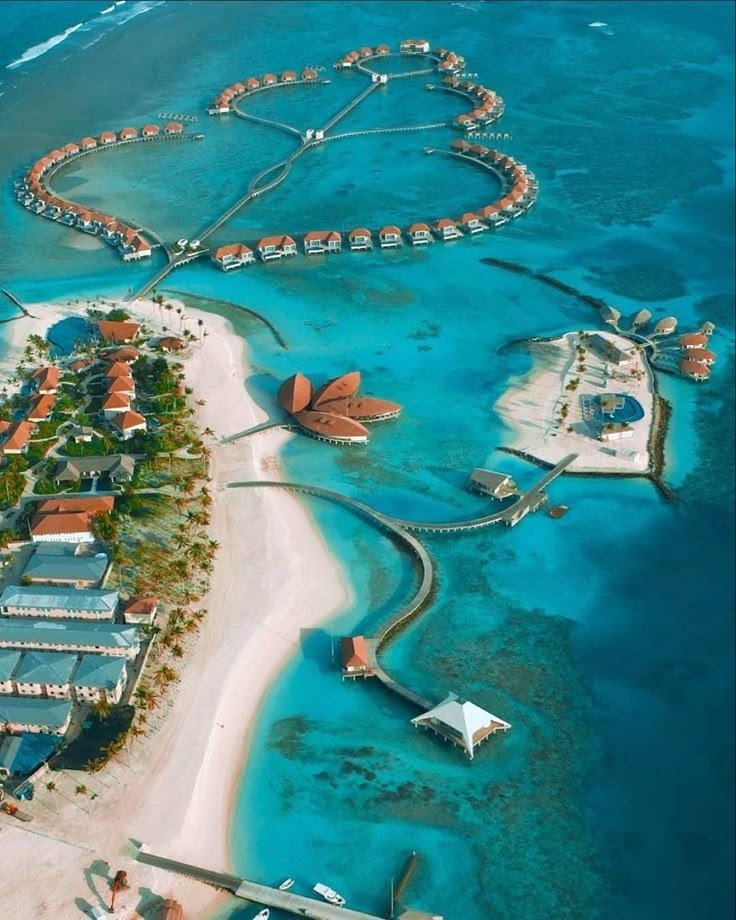
Travel Tips
Traveling to the Maldives in 2025 promises an unforgettable experience filled with stunning natural beauty, luxurious resorts, and vibrant culture. To ensure your trip goes smoothly and safely, it’s essential to be well-informed about safety precautions, local customs, and the basics of the Maldivian language. This guide provides practical and detailed travel tips to help you navigate the Maldives with confidence and respect.
Safety Advice
General Safety and Security
The Maldives is generally considered a safe destination, especially the resort islands, which maintain high security standards. However, visitors should exercise a high degree of caution due to occasional risks such as civil unrest and the potential threat of terrorism, particularly in populated areas like the capital city, Malé. Petty crime, including pickpocketing and purse snatching, can occur, especially in crowded places and on public beaches. To stay safe:
- Always keep your valuables secure, preferably in hotel safes or locked bags.
- Avoid leaving belongings unattended on the beach or in unlocked rooms.
- Stay alert in crowded areas and avoid demonstrations or large gatherings, as peaceful protests can sometimes turn violent.
- Register with your embassy or consulate’s traveler program (such as the U.S. Smart Traveler Enrollment Program) to receive safety updates and assistance in emergencies.
In case of emergencies, dial 911 for police, fire, or medical help. The tourist police can also be reached at a dedicated number for visitor assistance.
Water Safety
The Maldives’ crystal-clear waters are a major attraction, but they can pose risks. Strong tidal currents and riptides are common and have led to drownings among tourists. To ensure your safety:
- Only swim in areas designated as safe for tourists, preferably where lifeguards are present.
- Pay close attention to warning signs and flags on beaches.
- Consult resort staff about local swimming conditions and heed their advice.
- Avoid swimming alone, especially in unfamiliar or unsupervised areas.
- When engaging in water activities like snorkeling or diving, use reputable operators who follow international safety standards.
- Be aware that some remote resorts are far from hyperbaric chambers, so understand emergency protocols before diving.
Transport Safety
Most transportation in the Maldives involves boats, seaplanes, or domestic flights. While the Maldives has good safety standards overall, travelers should:
- Use only licensed and reputable boat operators.
- Ensure life jackets are available and worn during boat trips.
- Confirm transfer arrangements in advance, especially for late arrivals, as many resorts stop transfers after sunset.
- Exercise caution when driving on islands where cars are allowed, and ensure you have the correct international driving permit if renting a vehicle.
- Be aware of regional maritime risks such as piracy in the broader Indian Ocean area, though this is rare near tourist islands.
Health Precautions
- Tap water is not safe to drink. Use only bottled or boiled water for drinking and making ice.
- Carry basic medical supplies and travel insurance, as some islands have limited medical facilities.
- Protect yourself from the sun with sunscreen, hats, and hydration.
Be cautious with food hygiene, especially when eating from street vendors or local markets.
Local Customs
Understanding and respecting local customs enriches your travel experience and ensures positive interactions with Maldivian people, who predominantly follow Islamic traditions.
Dress Code
- The Maldives is a Muslim country, and modest dress is expected, especially on local inhabited islands.
- When visiting local islands or towns like Malé, dress conservatively—cover shoulders and knees.
- On resort islands, swimwear is acceptable on beaches and pool areas but avoid wearing it in public places outside these zones.
- Women should consider carrying a scarf or shawl for visits to mosques or cultural sites.
Behavior and Etiquette
- Public displays of affection are frowned upon and may be illegal in local communities.
- Alcohol consumption is only permitted in resort areas; it is illegal on local islands.
- Avoid photographing people without permission, especially women.
- When visiting mosques or religious sites, remove your shoes and dress respectfully.
- It is polite to use your right hand when giving or receiving items.
Social Interactions
- Greetings are typically formal; a handshake or nod is common.
- Showing respect to elders and local customs is appreciated.
- Tipping is not mandatory but is welcomed in resorts and restaurants for good service.
Festivals and Holidays
- Islamic festivals such as Ramadan and Eid are observed nationwide. During Ramadan, eating, drinking, and smoking in public during daylight hours are prohibited.
- Visitors should be mindful of these periods, as some services may be limited, and local customs more strictly observed.
Language Basics
The official language of the Maldives is Dhivehi, an Indo-Aryan language written in a unique script called Thaana. While Dhivehi is spoken throughout the islands, English is widely used in resorts, tourist areas, and by government officials, making communication relatively easy for international travelers.
Common Dhivehi Phrases
Learning a few basic words and phrases can enhance your connection with locals and show respect for their culture:
- Hello – Assalaamu Alaikum (a traditional Islamic greeting meaning “Peace be upon you”)
- Thank you – Shukuriyaa
- Yes – Haa
- No – Kuda
- Please – Fadhaa
- Goodbye – Baajjeveri
- How much? – Kuda miadhu?
- Excuse me / Sorry – Maaf karan
Most resort staff speak English fluently, so language barriers are minimal in tourist areas. However, using simple Dhivehi greetings is appreciated and can open doors to warmer interactions.
Final Thoughts
Additional Practical Tips
- Currency: The Maldivian Rufiyaa (MVR) is the local currency, but US dollars are widely accepted in resorts and tourist areas.
- Connectivity: Wi-Fi is commonly available in resorts and many guesthouses, but coverage may be limited on remote islands.
- Electricity: The Maldives uses 230V, 50Hz AC electricity with British-style three-pin plugs. Carry an adapter if needed.
- Respect the Environment: The Maldives is a fragile ecosystem. Avoid touching or stepping on coral reefs, use reef-safe sunscreen, and dispose of waste responsibly.
- Cultural Sensitivity: Photography of government buildings, military sites, and some local areas may be restricted.
Traveling to the Maldives in 2025 offers a spectacular blend of natural beauty and cultural richness. To ensure a safe and respectful visit:
- Stay vigilant about personal safety, especially regarding petty crime and water activities.
- Respect local customs, dress modestly outside resorts, and observe Islamic traditions.
- Use basic Dhivehi greetings to connect with locals.
- Follow practical advice on health, transport, and environmental conservation.
By embracing these travel tips, you will enjoy a rewarding and seamless Maldivian adventure, creating memories that last a lifetime in this island paradise.

